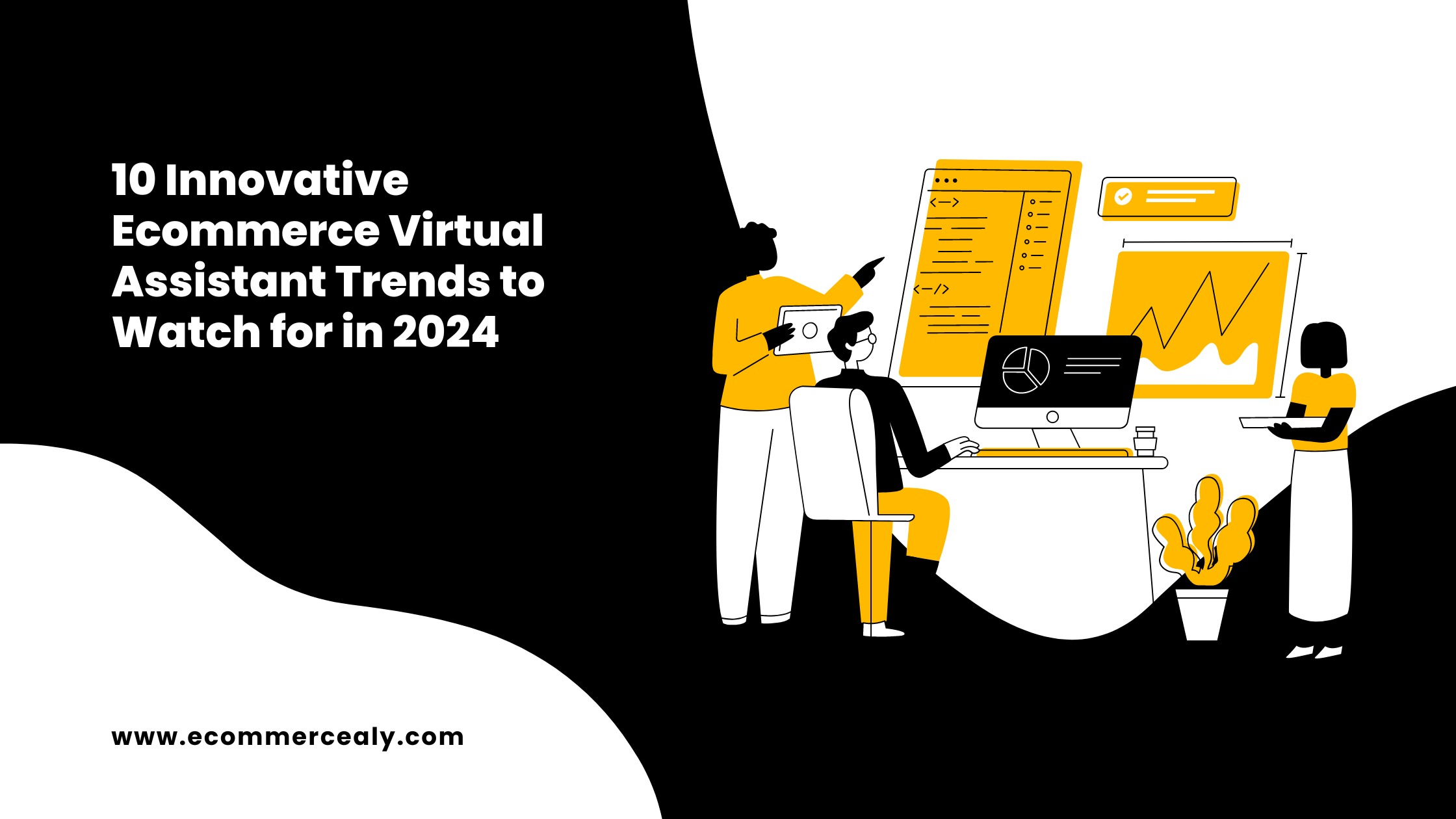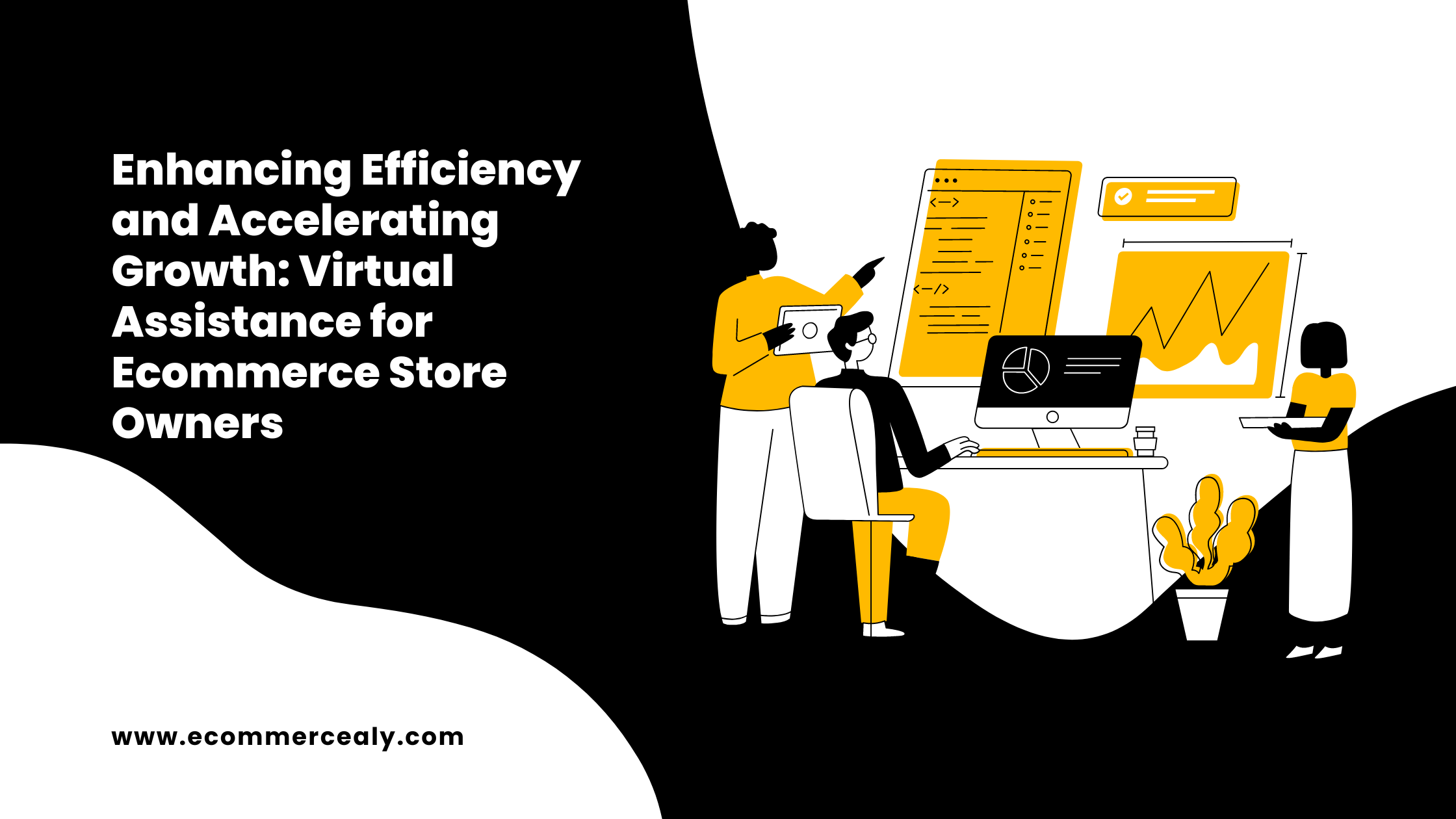Introduction
The e-commerce landscape is constantly evolving, driven by technological advancements, changing consumer preferences, and innovative business models. As we move into 2024, several key trends and statistics are emerging, signaling shifts in how consumers shop online and how businesses cater to their needs. This article delves into the top 35 e-commerce trends and statistics for 2024, offering a comprehensive overview for businesses looking to stay ahead in the digital marketplace.
Top 35 E-Commerce Trends and Statistics for 2024
- Global E-Commerce Growth: Predicted to reach $6.5 trillion by 2024, representing a significant increase from previous years, indicating the expanding reach of online retail.
- Rise of Mobile Commerce: Over 70% of online purchases are expected to be made on mobile devices, highlighting the importance of mobile-optimized websites and apps.
- AI and Machine Learning: AI-driven personalization will influence more than 80% of the purchases made online, showcasing the pivotal role of technology in enhancing the shopping experience.
- Sustainability and Ethical Shopping: 60% of online consumers prefer to buy from eco-friendly or ethical brands, emphasizing the growing trend of conscious consumerism.
- Augmented Reality (AR) in Shopping: AR technology will become a standard feature for online stores, with 40% of consumers willing to pay more for products they can experience through AR.
- Voice Commerce on the Rise: Voice shopping is projected to hit $40 billion in 2024, with more consumers using voice assistants for online shopping.
- Omnichannel Shopping Experience: Customers who use multiple channels for shopping have a 30% higher lifetime value, underscoring the importance of a seamless omnichannel strategy.
- Expansion of Same-Day Delivery: Expected to grow by 20% in 2024, as consumers demand faster, more convenient delivery options.
- Growth of Social Commerce: Sales through social media platforms are anticipated to double, reaching $80 billion, driven by integrated shopping features on platforms like Instagram and Facebook.
- Increase in Subscription Services: Subscription models will continue to grow, with a 30% increase in subscription-based sales as consumers look for convenience and personalized experiences.
- Rise of Visual Search: 60% of millennials and Gen Z consumers prefer visual search capabilities, indicating the need for advanced image recognition technology in e-commerce.
- Blockchain for Enhanced Security: Adoption of blockchain technology in e-commerce is expected to reduce fraud by 30%, offering a more secure transaction environment.
- Interactive Product Visualization: 3D imaging and interactive product visualizations will become more prevalent, with a 25% increase in conversion rates for products with interactive displays.
- Customer Service Automation: Chatbots and automated customer service solutions will handle 85% of customer service interactions, streamlining support and improving efficiency.
- Increased Use of Video Content: Video content will influence over 80% of online traffic, with product videos significantly increasing conversion rates.
- Growth of Direct-to-Consumer (D2C) Sales: D2C brands are expected to see a 25% increase in sales, as consumers seek out brands with strong online presences.
- Rise of Payment Options: Alternative payment methods, including cryptocurrencies and buy now, pay later schemes, will account for 35% of all e-commerce transactions.
- E-Commerce Personalization: Advanced personalization techniques will lead to a 20% increase in sales for businesses that adopt them.
- Cross-Border E-Commerce Expansion: International sales are projected to grow by 25%, with businesses expanding their reach to new global markets.
- Emergence of New Retail Technologies: From IoT in logistics to AI in inventory management, new technologies will streamline operations and enhance the customer experience.
- Dynamic Pricing Strategies: Use of AI for dynamic pricing will become more widespread, optimizing prices in real-time based on demand, competition, and inventory.
- Influencer Marketing Evolution: Influencer collaborations will drive 35% of e-commerce sales, with micro-influencers playing a significant role.
- Privacy and Data Protection: Stricter data protection regulations will lead to more transparent data practices and trust between consumers and online retailers.
- Local E-Commerce Growth: Local online marketplaces will see a 50% increase in sales, as consumers support local businesses online.
- Adoption of 5G Technology: The rollout of 5G will enhance online shopping experiences with faster load times and smoother AR/VR integrations.
- Increase in User-Generated Content: UGC, including reviews and social media posts, will influence 70% of purchasing decisions.
- E-Commerce SEO: SEO strategies will evolve to focus more on voice search optimization and local SEO, driving organic traffic to online stores.
- Digital Wallet Adoption: Over 50% of online shoppers will use digital wallets for their transactions, highlighting the shift towards contactless payments.
- Interactive and Shoppable Videos: Shoppable video content will become a key marketing tool, increasing engagement and direct sales from video platforms.
- Advanced Analytics for Better Insights: E-commerce businesses will leverage advanced analytics to gain deeper insights into customer behavior and preferences.
- Customer Retention through Loyalty Programs: Enhanced loyalty programs will play a critical role in retaining customers and increasing lifetime value.
- Rapid Adoption of Chat Commerce: Conversational commerce through messaging apps and social media will account for 20% of all e-commerce sales.
- Expansion of E-Commerce in Healthcare: Online sales of healthcare products and telehealth services will see a significant increase as consumers seek convenience.
- Integration of Internet of Things (IoT): IoT devices will play a larger role in consumer shopping habits, from smart home devices ordering products to wearable tech.
- Regulation and Compliance: As e-commerce continues to grow, regulation and compliance will become increasingly important to ensure fair practices and consumer protection.
Conclusion
The e-commerce industry is set to continue its rapid growth and evolution in 2024. Businesses that stay informed and adapt to these trends and statistics will be well-positioned to meet consumer demands and succeed in the competitive online marketplace. Embracing technological advancements, prioritizing customer experience, and implementing sustainable practices will be key to capturing the opportunities presented by the ever-changing e-commerce landscape.








